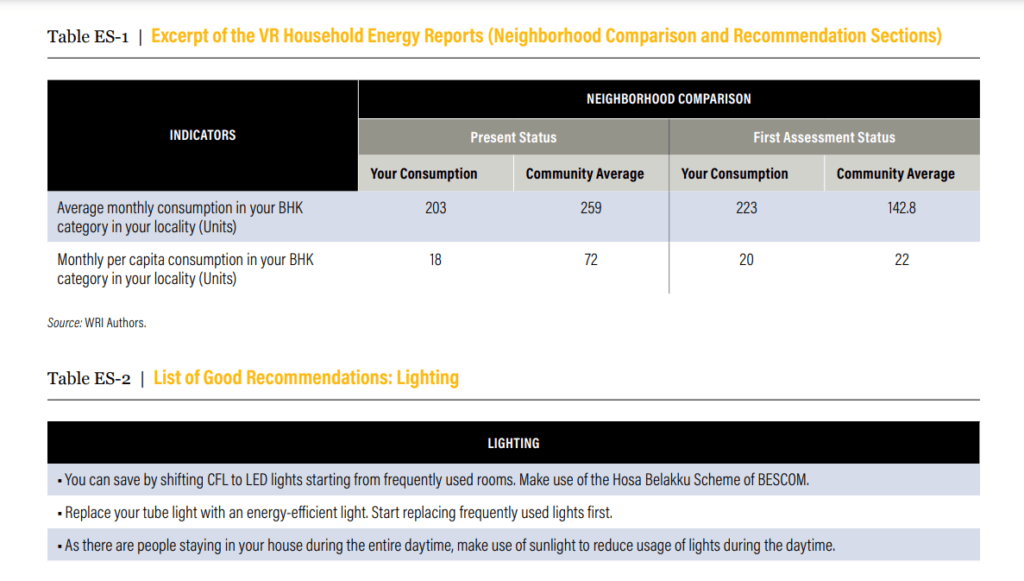One of the biggest developments from India at the COP27 held in November 2022 in Sharm-el Sheikh, Egypt, was the announcement of a Long-Term Low Emission Development Strategy. This took place at the India pavilion, highlighting the theme of Prime Minister Narendra Modi’s LiFE (Lifestyle For Environment) initiative. LiFE aims to begin ‘a mass movement of environmentally conscious lifestyles that practise mindful and deliberate utilisation, instead of mindless and destructive consumption’. The energy sector has the potential to adopt such practices, cause shifts in demand behaviour and reduce emissions.
The concept of an environmentally conscious lifestyle is not new. But applying its principles to human habits and drawing empirical data to validate its benefits is a growing phenomenon within behavioural studies.
Authors of the recent report by the Inter-governmental Panel on Climate Change (IPCC) have mentioned “having the right policies, infrastructure and technology in place to enable changes to our lifestyles and behaviour can result in a 40-70% reduction in greenhouse gas emissions by 2050.”
The IPCC report also featured a chapter on the importance of using behaviour changes in demand and consumption to mitigate climate change.
As people living in cities look at improving their standards of living and seek higher levels of comfort, electricity consumption by buildings in Indian cities is expected to double by 2040. Technology alone would be insufficient to mitigate this rise. Approaches that drastically reduce energy usage through behavioural shifts can help.
Influencing behaviour towards efficient energy use
Between 2015 and 2021, Technology Informatics and Design Endeavor (TIDE) and WRI India ran Vidyut Rakshaka (VR), a citizen-focused initiative to drive long-term change in energy use behaviour of residential consumers in Bangalore and Chennai. VR used data collected from household-level electricity consumption to recommend behaviour changes aimed at more efficient energy use.
Read more: Study explores best practices to save electricity in Bengaluru’s apartments
The programme incorporated behavioural insights and concepts into a Home Energy Report (HER) in three ways:
- Using data for awareness – we changed reference points for participants by providing them information on their current and historical trends of electricity use, information on power conservation, and energy efficiency measures to reduce electricity bills.
- Social norms – we sought to change household behaviour by providing relative comparisons of their electricity consumption with comparable households of the same size (based on number of bedrooms) and occupancy.
- Actionable tips – each household received its own set of customised actions and interventions to reduce electricity use.
How it was all done
Vidyut Rakshaka was a voluntary programme and households signed up through various social media platforms and neighbourhood enrolment drives. Data shared by each household through a questionnaire was analysed to establish its electricity consumption profile. A detailed customized HER was prepared on the basis of that, and sent to the consumer three months after joining the program.
These reports described actions to save energy used in lighting, water heating and space cooling and even by standby power guzzlers like televisions and computers. Each HER also had a ‘goals for you’ section which fixed an energy savings target for each VR participating household based on their appliance mix and usage characteristics.
Reports for participants residing in an area where more than 20 households are VR participants also contained comparisons with neighbourhood consumption averages.
At the end of 2021, VR had reached 4000+ households spread across 37 PIN code areas in Bangalore. A study of energy savings conducted for 2196 households indicated a minimum 7% decrease in average monthly electricity consumption over the course of a year after receiving HERs.

Further focus-group interviews with participants found that sections of the report on goal setting and actionable tips, rather than social comparisons, were more useful for participants in cutting down power use. Participants shared feedback with researchers on how the HERs were useful in informing and influencing the purchase of appliances for their homes. The HERs provided information on cost and energy savings benefits of energy efficient appliances to help consumers decide what to buy.
The impact
If these findings were extrapolated to estimate a Bangalore city-wide savings on power consumption, we could expect to save a whopping INR 465 crores (USD 60 million) annually and avoid emissions from the generation of 604 million units of electricity. While the scale of impact can vary across different Indian cities, it is safe to conclude that simple interventions like HERs have the potential to shift power consumption behaviour, save energy costs and reduce emissions.
Power distribution companies in India can consider pilot-testing HERs in their jurisdictions to assess impacts at a small-scale and use a continuous learning approach to improve design and delivery of HERs.
Given India’s varied demography and diverse cultural contexts, it would be difficult to design a universally appropriate HER. Such reports must be easy to understand and communicated in local languages. Strong recommendations/actionable tips, clear and concise presentation of information on energy and cost aspects of proposed behavioural changes can drive impact at scale.
As we face the challenge of worsening climate change triggered by human activities, the success of an initiative that enables change in human behaviour could constitute one of the bigger victories.